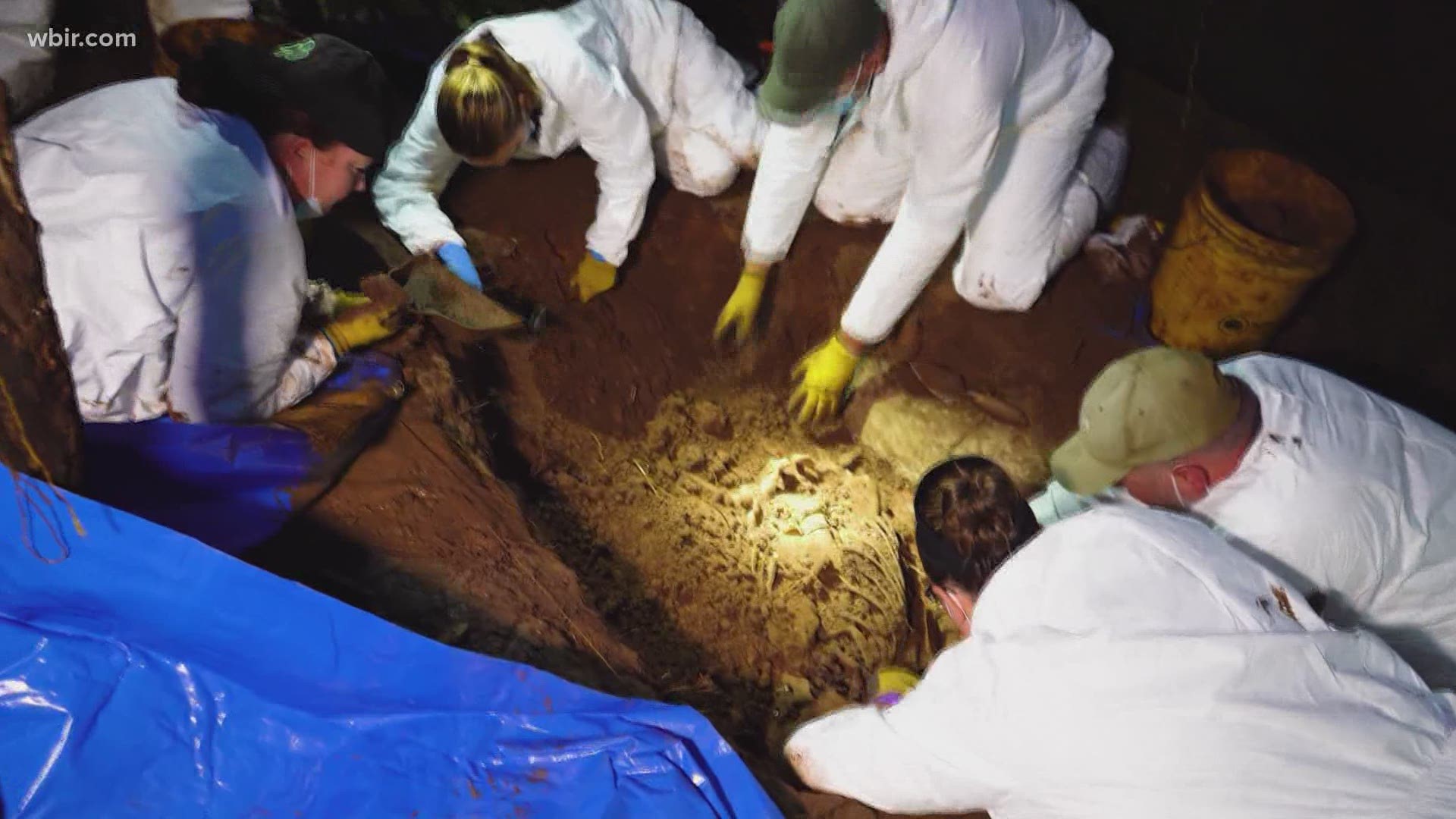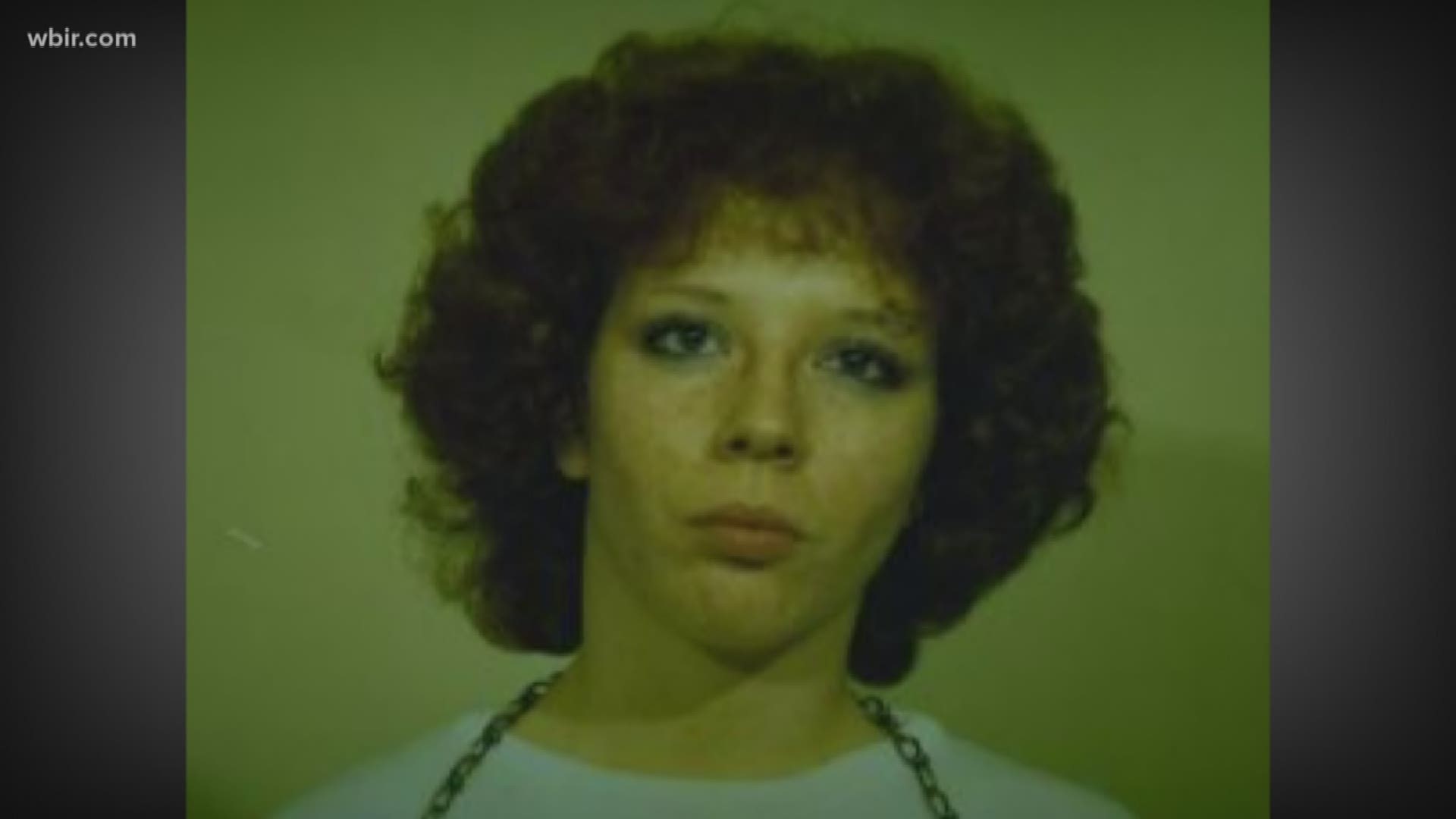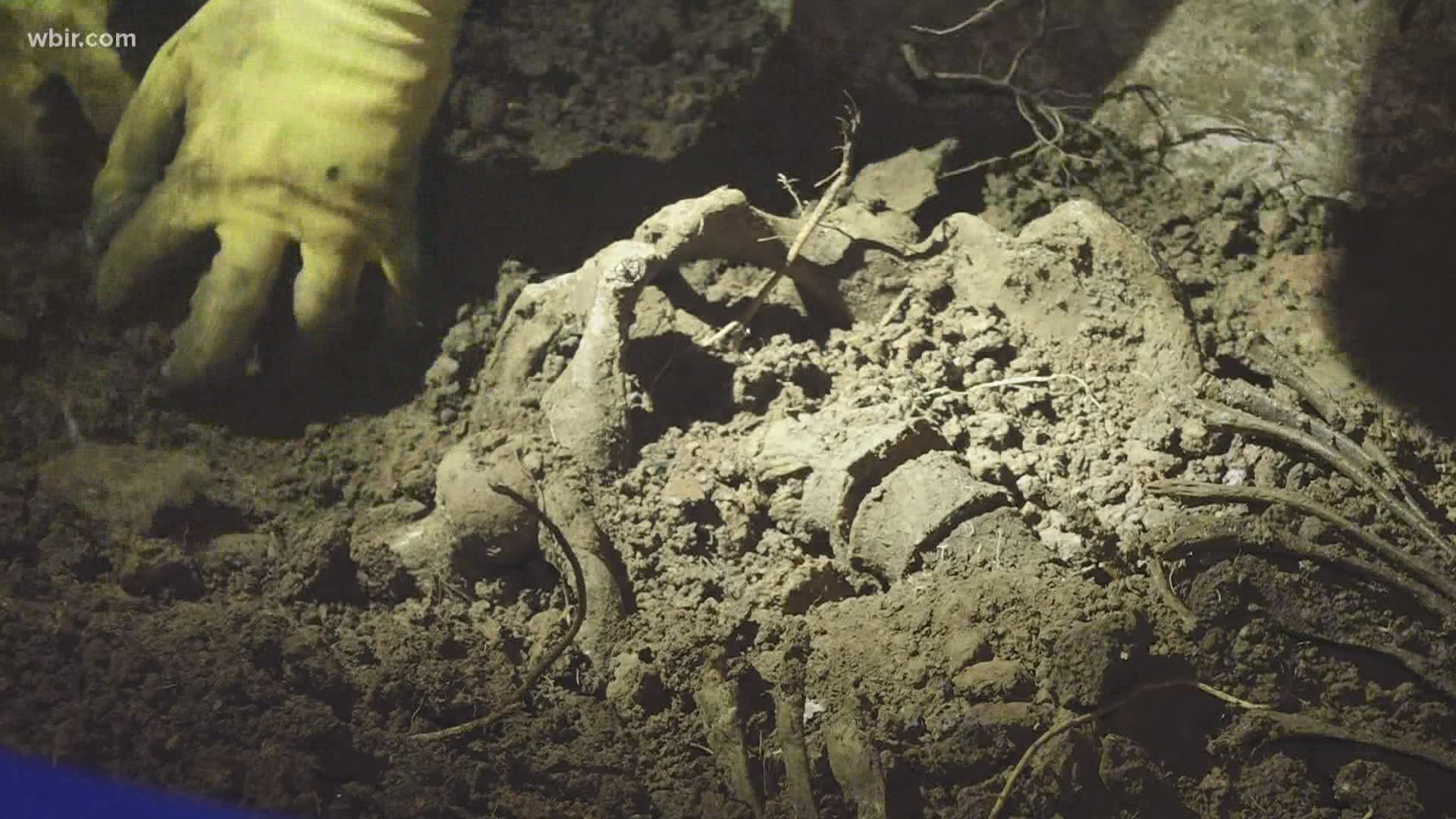KNOXVILLE, Tenn. —
Editor's Note: WBIR is reporting this week on the evolution of the University of Tennessee's Body Farm. This is the third installment.
The bones can tell you what happened.
They offer clues about who a dead person is, how they died, when they died, where they died and what factors -- weather, animals, bugs -- may have altered a body after it came to rest.
Laymen can't spot the signs. But scientists at the University of Tennessee's Forensic Anthropology Center know them well, and they routinely pass on their knowledge and expertise through training to law enforcement agencies across the country.
It's just one of many ways the Knoxville center, which includes the Anthropology Research Facility, or Body Farm, helps criminal investigators. It's also a consulting resource to surrounding states and countries, and staff work to resolve baffling local cold cases that go back decades.
Tennessee Bureau of Investigation Special Agent Brandon Elkins uses skills he's learned from the forensic center every time he goes to a crime scene with a decomposing body or skeletal remains. Across the breadth of East Tennessee, that's frequent.
"Instead of going to a scene and seeing bones scattered and putting them in a bag and sending them off to a scientist to figure it out, it opens up our minds in a different way to understanding the body," Elkins said.
Forensic anthropologists don't actually solve crimes, said Lee Meadows Jantz, an associate director at the FAC who has worked years helping police clear cold cases and identify human remains.
But they can advise investigators on the science behind decomposition and what clues are contained in the remains, she said.
"Every death is a puzzle to see if you can figure out what happened," said Bill Bass, founder of the Body Farm and professor emeritus at UT's Department of Anthropology.

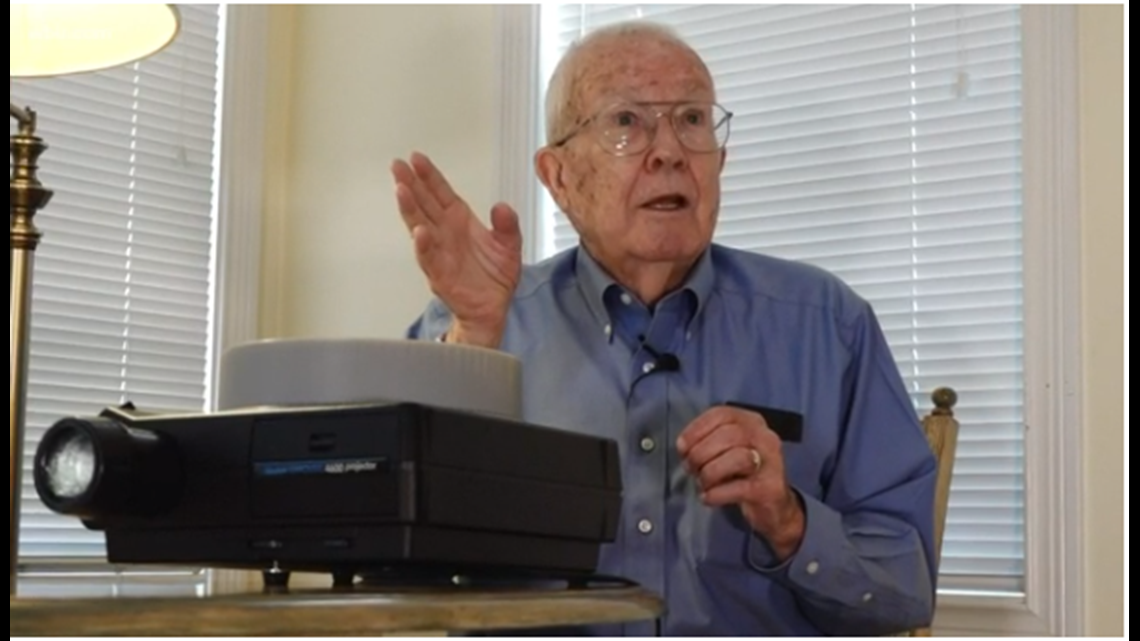
PIONEERS
In Tennessee, Bass's work with law enforcement is legendary. He's mentored many a student who has carried on the work.
After moving here in 1971 from the University of Kansas to lead UT's Anthropology Department, the Virginia native quickly established himself as a resource to assist medical examiners and police in the South.
Bass and his students became familiar figures at East Tennessee crime scenes and body discoveries, plotting and photographing the location of bones and other evidence.
The veteran forensic anthropologist would go anywhere, said retired TBI Agent and former Jefferson County Sheriff Dave Davenport. Sometimes police didn't especially want to see him, like at Thanksgiving or Christmas, he said.
"He had an area of expertise where we weren't knowledgeable," Davenport said. "What we learned was from Dr. Bass."
By inspecting the bones, Bass and his students broadened investigators' knowledge of what happened to the victim.
In starting the Body Farm in the early 1980s, Bass and generations of UT students gained a better understanding of the habits of bugs and their attraction to bodies.
They learned the growth patterns of maggots and what they could reveal about how long a body had been in place before discovery.
In the mid 1980s, someone killed several red-headed women and dumped their bodies across Tennessee and Kentucky.
Bass was there to process some of the scenes, including one along Interstate 75 in Campbell County in January 1985 at which a young pregnant woman was found. For years, her bones were kept at the Forensic Anthropology Center; she's recently been identified, along with her likely killer.
Bass and anthropology experts trained at UT have frequently taken the witness stand on homicide cases.
His knowledge about blowflies came to play when he was called in the 1990s to testify for the prosecution in the trial of Knoxville's first alleged serial killer, Thomas D. Huskey.
Alumnus Murray Marks took the stand in the mid 1990s in Knox County to testify about how a piece of skull taken by an 18-year-old killer fit into the skull of a 19-year-old homicide victim.

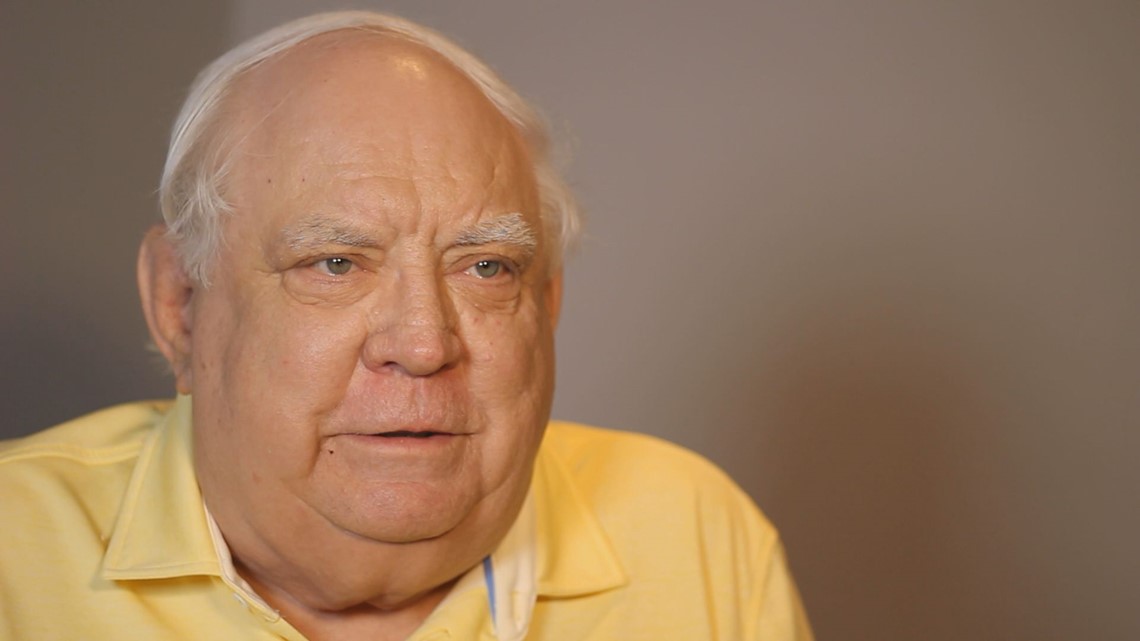
Efforts continue to improve the estimated time since death.
"One of the biggest things we are working on right now is trying to improve the methods we use in forensics to try to determine how long someone has been dead. It's one of the crucial questions in a death investigation and a murder," said forensic entomologist Charity Owings.
Jantz said several of the staff have worked on a project, funded by the National Institute of Justice, to create an app that would presumably help improve time-since-death analyses, factoring in things such as the state of body mummification and scattering of human remains.
"Once that's available -- that's amazing," she said.
Besides offering training to anthropologists, the FAC has for years provided specialty training to agencies that include the Federal Bureau of Investigation, the TBI and the Kentucky Criminalistics Academy.
"I think the biggest thing that the facility has done for investigators is exposing investigators to that environment, and allowing us to it in real time allows us to deal with the challenges we see every day," Elkins said.
UNFINISHED BUSINESS
The FAC has two collections of bones, said Jantz.
One consists of the remains of hundreds of donors -- the people who have given their bodies for research through the years at the Body Farm - and another 50 or so that are forensic cases, dating to Bass's time as the center's director.
They are the unidentified and the unclaimed. Over the years, Jantz and others may have pulled them out to pursue new leads and then set them aside.
But people at the FAC never forget.
Not long ago, Elkins wanted to revisit one of his "cold cases" at the anthropology center. He sat down with Jantz as she pulled out the person's remains, carefully setting out the bones before him.
"Looking at that -- you're looking at history," he said.
Today, as they can, UT scientists will submit DNA recovered from the bones in hopes of finding a match.
"When we get these cases that have been around so many years and can get an identification...it's so exciting for us. It's just the best," Jantz said.

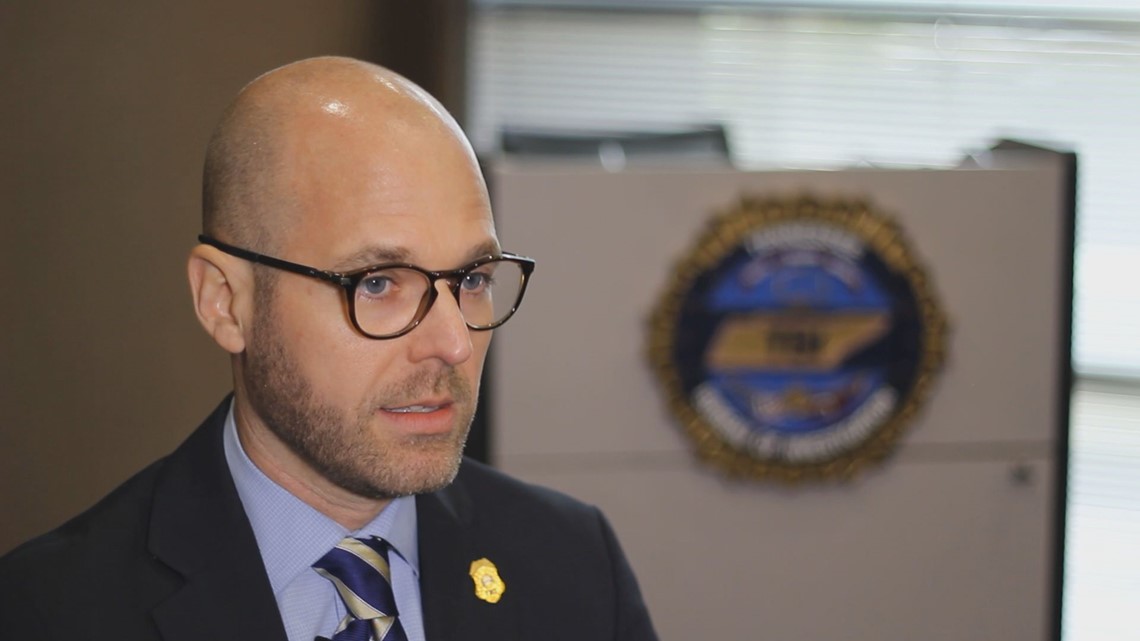
The FAC veteran wants to get them all identified, but two in particular nag at her.
One involves the remains of a young female discovered in the early 2000s in Alcoa. The other involves the remains of a teen girl, dubbed "Baby Girl," found in woods along a Campbell County logging road in April 1985.
She's worked with Elkins on that case. The child's skeleton appeared to have been deliberately dumped far away from the nearest house. After all these years, no one has claimed her and no one's come looking for her.
UT is keeping her bones, waiting for that day when the breakthrough finally comes.
"It's just mind-boggling to me that we still do not have an identification on that child," Jantz said.
FAC Director Dawnie Steadman said the center sometimes is presented with difficult forensic cases involving circumstances that may be tragic for a family.
"We want to find out answers for the families and for the criminal justice system," she said. "We have incredible empathy for the people that come to us as forensic cases. That can be incredibly tough."

